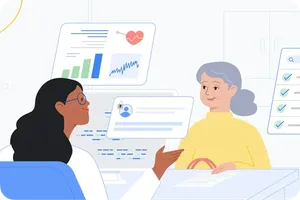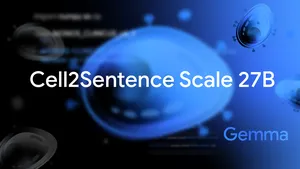Exposure Notifications: end of year update
For the last eight months we’ve been working with Apple on the Exposure Notifications System (ENS) to help public health authorities in their efforts to contain COVID-19. We wanted to provide an update on this work.
Saving lives at all levels of adoption
Since May, when this technology became available, public health authorities have launched Exposure Notifications in more than 50 countries, states and regions—an average of two apps each week. This week, California became the latest U.S. state to launch an app using ENS, joining the list of regions who have already made apps available.
By simply downloading your regional app, you can help public health authorities in their efforts to control COVID-19. There’s plenty of evidence that people are doing this: 40 percent of the population in the UK and 17 percent of the population in Uruguay have downloaded the app. In the United States, 20 percent of Colorado and 53 percent of Washington D.C. have enabled EN. There are other anecdotal signs that the system is helping: In September, the Prime Minister of Finland, Sanna Marin, received an exposure notification, and in November, the governor of Virginia, Ralph Northam, had been infected and used Exposure Notifications to alert staff members who may have been exposed.
Research has revealed that exposure notifications can “save lives at all levels of uptake” and showed that a staff dedicated to working on contact tracing combined with 15 percent of the population using exposure notifications could reduce infections by 15 percent and deaths by 11 percent. In Ireland, early reports from their app indicated there were hundreds of EN notifications from people who had uploaded positive test results. A recent pilot in Spain showed that it could detect almost twice as many potential infections than manual contact tracing.
Evolving based on feedback
Exposure Notifications became available to public health agencies in May to build apps on both Android phones and iPhones. It was built on feedback resulting from more than one hundred technical briefings with state public health officers, state epidemiologists, and where appropriate, their commissioned app developers. Major public health organizations that have been consulted include the Centers for Disease Control and Prevention, the CDC Foundation, the Association of Public Health Laboratories, the American Public Health Association, the Association of State and Territorial Health Officials, the Council of State and Territorial Epidemiologists, the National Association of County and City Health Officials, and the Task Force for Global Health.
In July, based on feedback, we published some updates to ENS including the reference verification server, implementation code, and telemetry design. Since then, U.S. public health authorities that have not yet designed their own apps and want more support in launching an app can use Exposure Notifications Express. This reduces the time it takes public health authorities to develop an app by simply providing Google and Apple with a configuration file, which is then used to provide exposure notifications. Many of these apps in the United States work together so that if you travel across state lines you can still get exposure notifications. The Association of Public Health Laboratories made this possible by hosting a national key server and they offer a list of interoperable U.S. apps. We want to be flexible and support whatever approach works best on a country by country level.
The goal of this project is to assist public health authorities in their efforts by enabling exposure notification in a privacy-preserving manner. We will continue to work with them to help you protect yourself and your community during this pandemic and we plan to keep you updated here with new information again next year.






